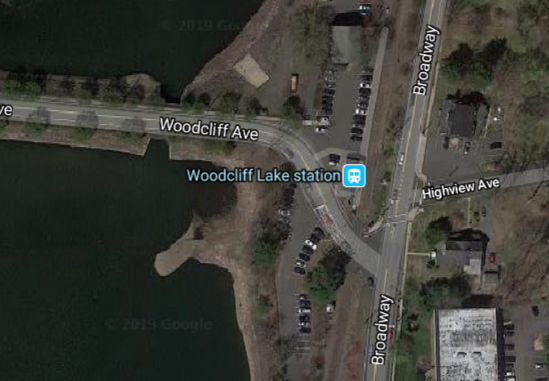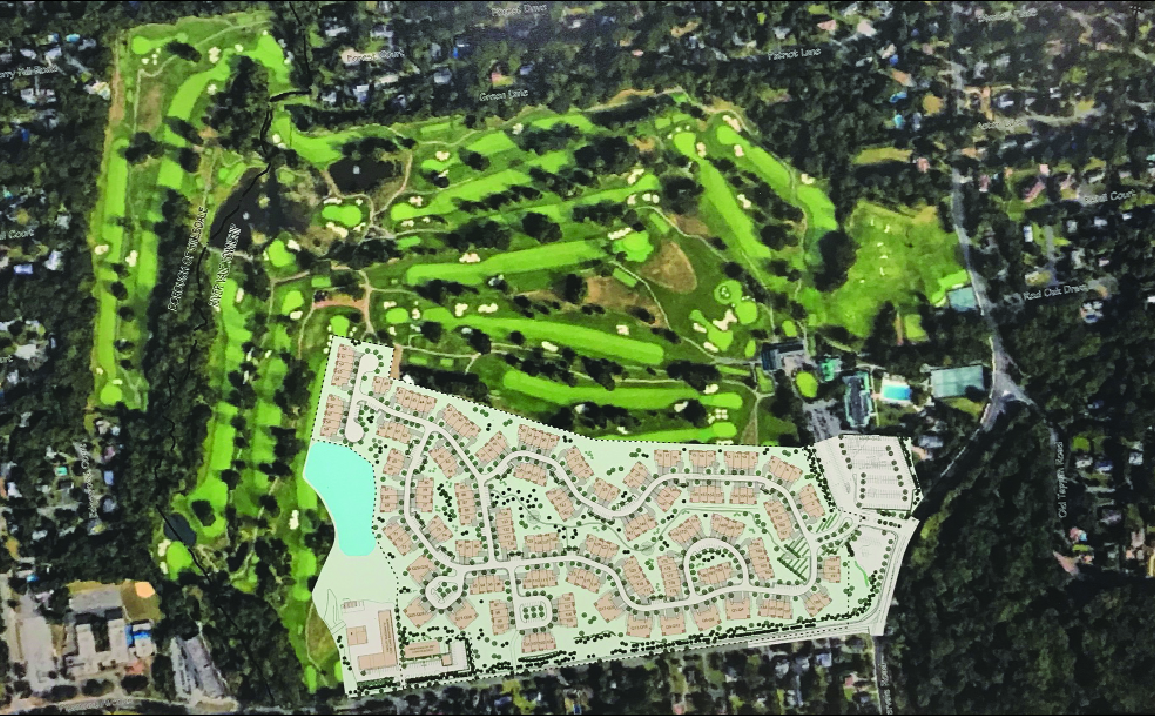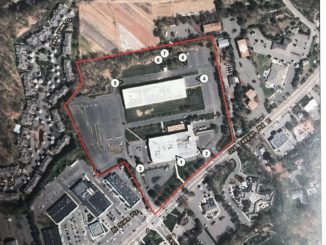
WOODCLIFF LAKE, N.J.—An applicant proposing to build a 60-unit multifamily complex at 188 Broadway was asked at the March 26 Zoning Board of Adjustment hearing to conduct additional traffic studies to prove that the projected traffic volumes will not have a negative impact on traffic flow during peak morning and evening hours.
The next hearing is April 23 at 7 p.m. The application is the second item given on the agenda.
The meeting will be the fifth hearing on the contentious proposal, opposed by a local group—Stop Over-Development, or SOD—which opposes the development due to traffic and environmental concerns.
ZBA member Gary Newman asked traffic engineer Louis Luglio, of Sam Schwartz Transportation Consultants, whether “flipping” traffic volumes by changing from a commercial office building to a residential complex would ease the flow of nearby traffic at peak traffic volumes hours of the day.
Newman asked whether there was a “negative impact” to traffic volume should a development be approved versus a prior office use. “Will having the egress in morning versus the egress in the evening, in other words, by flipping it, does that change the flow of traffic?” he asked.
At one point, Newman said he was more concerned with morning traffic flows as tenants will be exiting onto Broadway and making left-hand turns, which will be difficult.
He said during evening peak traffic hours, vehicles will be entering the residential complex, which is easier than exiting onto Broadway.
Luglio testified that revised traffic generation estimates—based on a computer model from Institute of Transportation Engineers used and accepted by traffic engineers—also included Saturday traffic estimates.
He said Saturday estimates showed 22 vehicles going in and out from an average office building and 32 vehicles going in and out on a Saturday from a 60-unit residential complex.
During Monday to Friday, projected traffic volumes are 29 vehicles in and out during the 8 to 9 a.m. peak hour and 37 vehicles in and out during the 5 to 6 p.m. peak hour.
Luglio said that at other non-peak hours traffic numbers “could be slightly higher, slightly lower” but are based on real-world data for similar land-use sites.
Undertake a regional review?
Chairman Christina Hembree said she wondered whether the applicant could include traffic volumes from planned nearby developments in Park Ridge, Montvale, and River Vale in the traffic analysis for a proposed development.
Attorney D’Elia said that assessment is not part of their application nor should it be.
“The short answer is no,” said D’Elia, responding to Hembree’s request for a regional traffic flow analysis.
D’Elia said the applicant will have to abide by the county’s decision on what types of turns to allow onto Broadway from a new development, including no left turns onto Broadway should the county decide certain restrictions to enhance traffic flow.
“What’s wrong with getting that information?” said Hembree, when D’Elia said the applicant would not be looking at regional traffic data.
Hembree said she would request copies of traffic studies on nearby towns’ developments and have the borough’s traffic consultant look at these to gauge possible local impacts.
During a discussion of regional traffic and impacts, Zoning Board traffic consultant Brian Intindola noted the applicant presented four scenarios through the morning and evening peak volume times, which showed “gaps” in traffic flow where cars could enter or exit at peak hours and off-peak hours.
Luglio also told Hembree that he was told the North Jersey Transportation Authority is not planning to conduct any regional traffic studies in Bergen County to study traffic flows related to new development.
Fire department access
At the meeting’s start, Luglio told members that a large fire vehicle can maneuver on the site without impinging on site parking, and indicated where an emergency vehicle could enter and reverse. He said he would submit the revised plans to fire officials for approval, which was not yet done.
He said estimates for fire truck turning radius—and computer templates used to generate simulations of turning radius—were actually larger than the actual vehicle and should suffice for any large emergency vehicle to access the site.
He said the computer-generated model delineates vehicles’ turning radius and was customized based on the size of the borough’s largest fire apparatus. A fire official was requested to attend the next hearing and answer board questions on fire vehicle emergency access.
Planner Joseph Burgis will offer testimony on April 23 at 7 p.m. D’Elia said Burgis likely would be the final applicant
witness.



